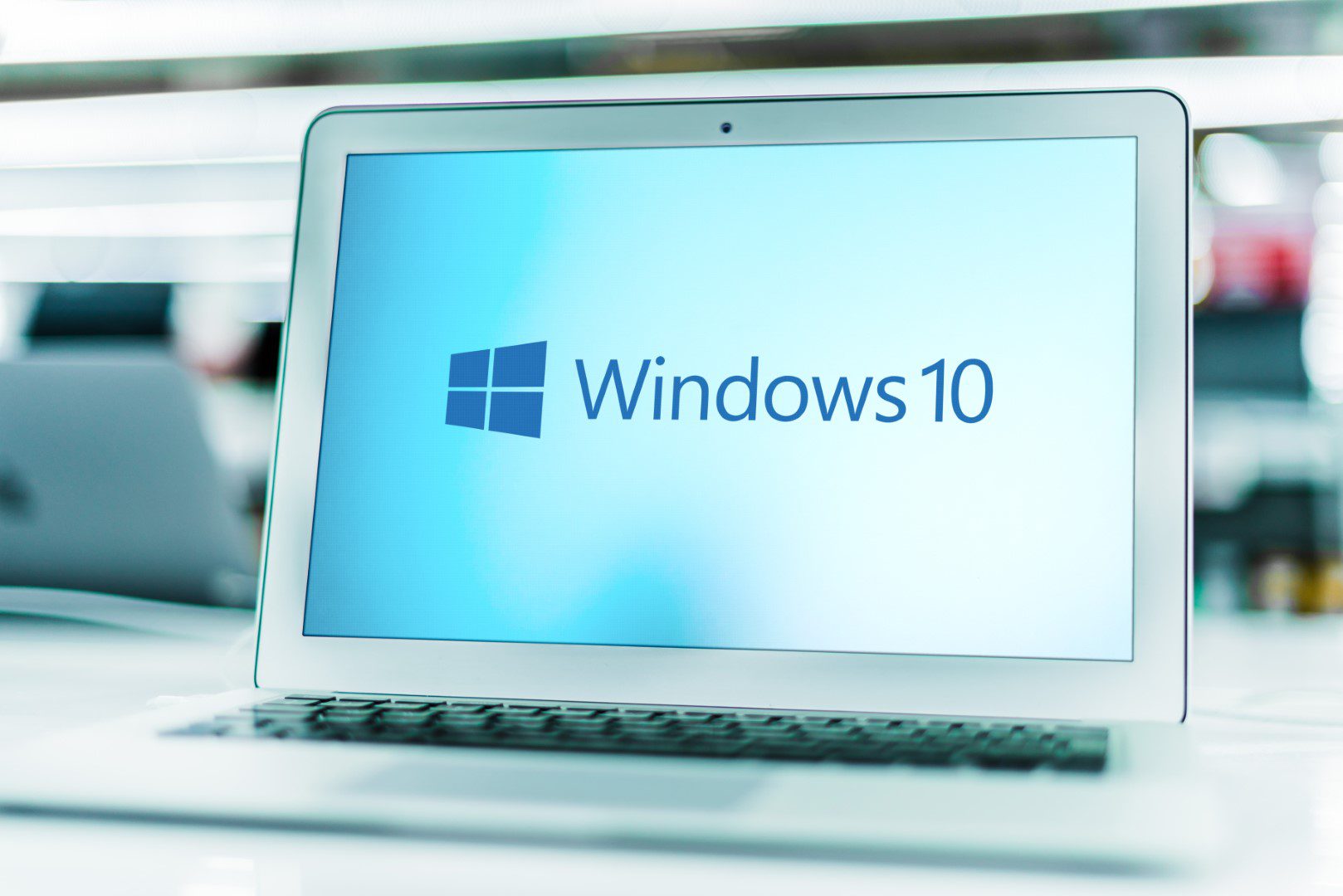Windows 1.0, November 20, 1985 It was published in English and attracted a lot of attention in a short time. This operating system, developed by Microsoft, basically consisted of an interface built on top of the operating system called MS-DOS.
what we use today Ancestor of Windows versions The Windows 1.0 operating system allowed users to perform operations by simply clicking on applications with the mouse, instead of managing the computer by typing commands.
Because it uses an interface Graphics card and mouse required Although Windows 1.0 did not achieve widespread popularity due to the cost of this hardware, it included many useful features. Some of these characteristics are still present in our lives. Let’s remember Windows 1.0.
1. Significant blue welcome screen:
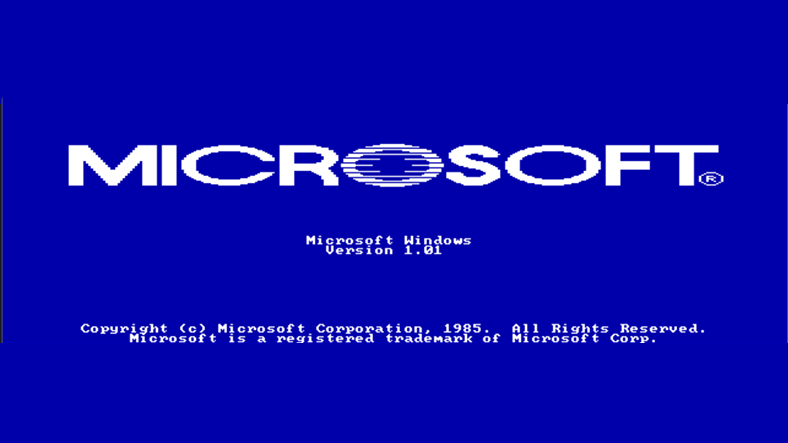
The Windows 1.0 welcome screen consisted of informative texts created with a blue theme without animations. Also look at the welcome screen The Microsoft logo It is possible to observe its change to this day.
2. An interface that can have a fossil value in the eyes of the new generation:
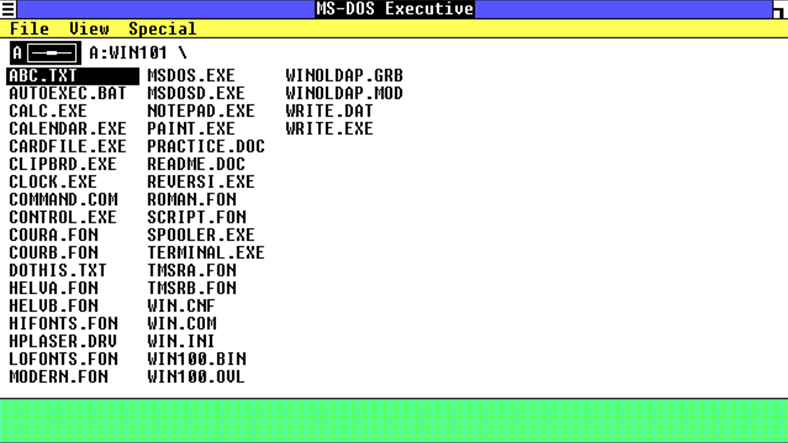
The interface that appears immediately after the opening screen and welcomes you contains all the applications of Windows 1.0. It served as a menu. There were a total of 40 items in the interface, most of the applications in the menu were based on “Notepad”. In addition to 11 fonts with the extension “.fon”, there were 4 existing documents with the extension “.txt” and “.doc” in the menu in the interface.
Calculator, contact cards, clock, notepad, reversi game Other applications, such as, can also be accessed from this screen. Do you remember this list from somewhere?
3. Extreme but Extremely Useful Documents and Notepad:
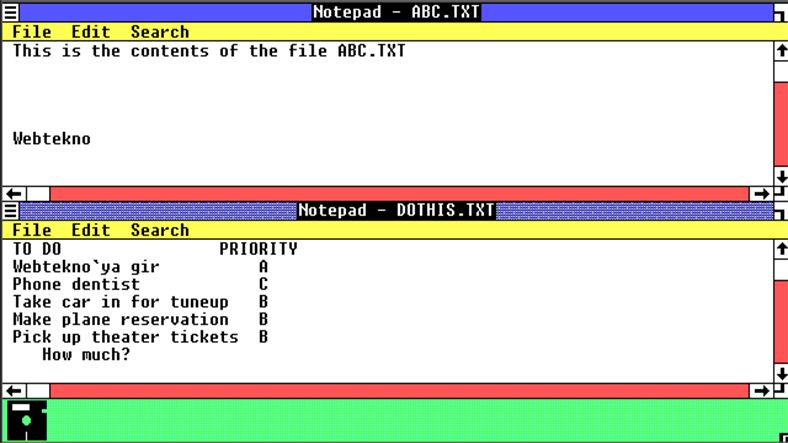
Allows multi-screen use Windows 1.0 allowed two or more windows to be opened at the same time. The first of the four documents to arrive was the ABC.TXT file. This file, which comes with the message “These are the contents of the ABC.TXT file,” appears to have been added to familiarize users with Notepad.
The DOTHIS.TXT file lists the things that need to be done and You can make a plan for yourself It was a document. In addition to the PRACTICE.DOC file, which would introduce users to Notepad, the Windows 1.0 User’s Guide could also be accessed via README.DOC.
“What did we see in ‘read me’ files?” We can almost hear you say:
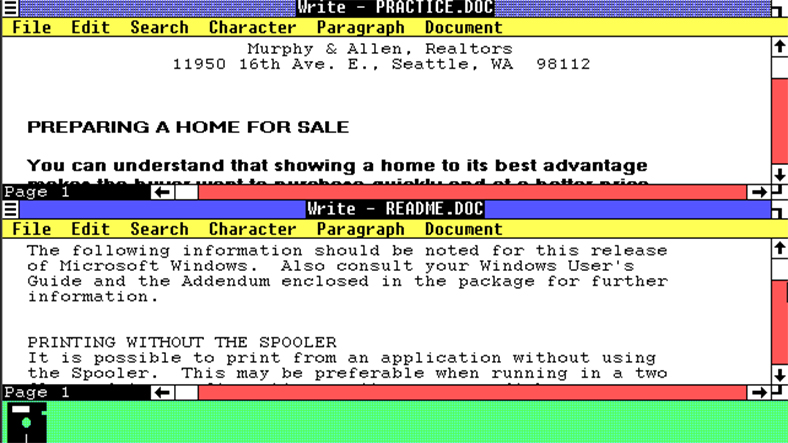
NOTEPAD.EXE application, It is perhaps the most useful application of Windows 1.0. You can also use the fonts in the interface with the application, where you can create, edit and save your own documents.
For example:

4. Calculator that can’t answer difficult questions:
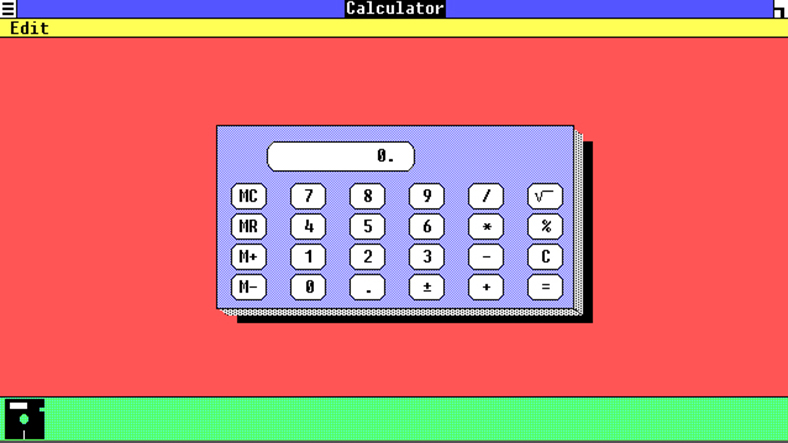
Calculator was another useful feature of Windows 1.0. Calculator that can process results of up to eight digits, if If you needed a nine-figure result, it might let you down. Still, it was possible to access the calculator through the interface, which could be described as great for the period. It was very easy to crash a calculator back then:
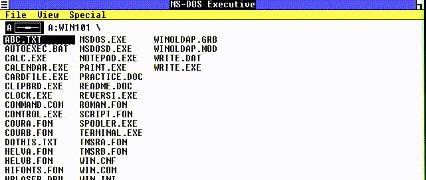
5. Calendar where you can set a reminder for a future date:
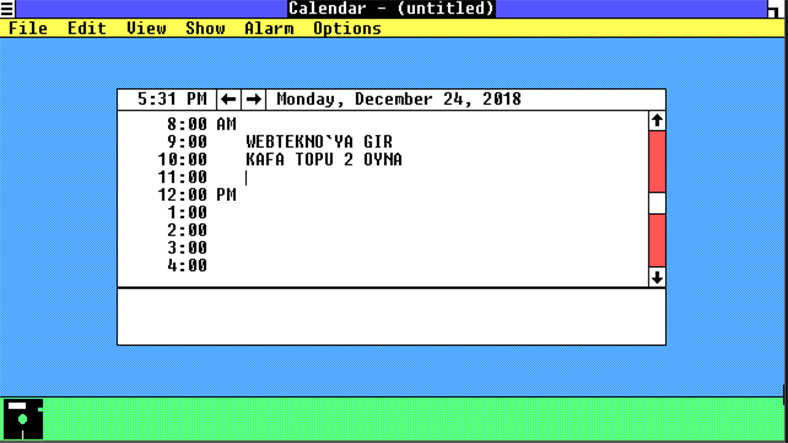
Windows 1.0 allowed plans to be transferred to digital media using the Calendar application. Moreover, with the alarm function in the Calendar application, It was also possible to create memories.
6. The first periods when business cards became digital:
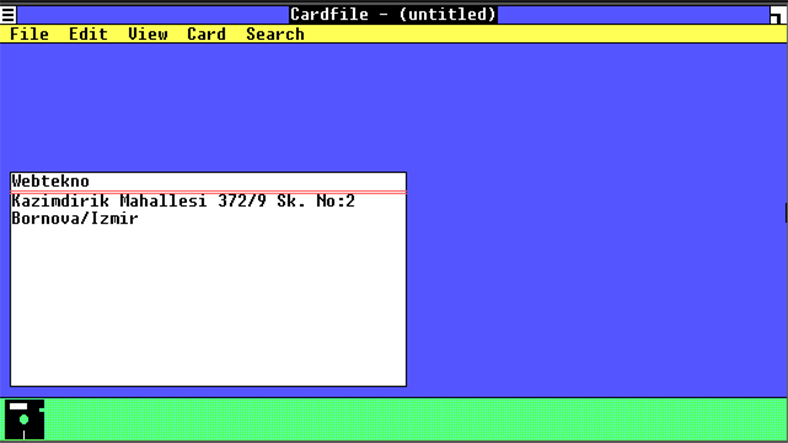
Created in Windows 1.0 to allow users to create an address and phone book card holder application, It was revolutionary at the time.
7. This is the clock that requires a ruler to understand what time it is:
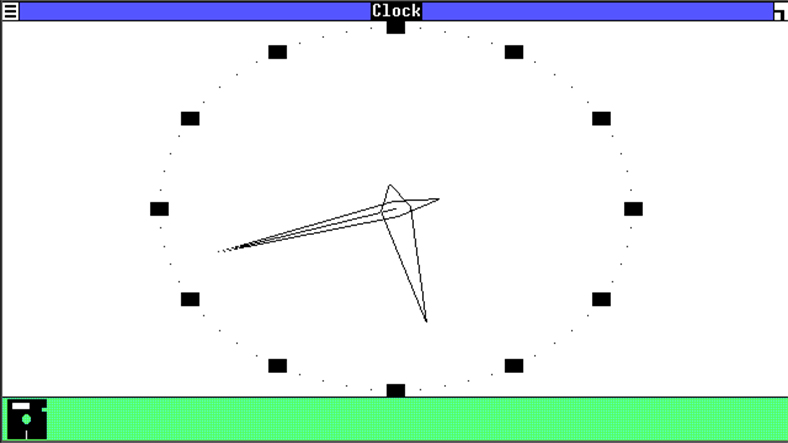
Although it was enough to look at the lower right corner on the devices with the Windows operating system that we use to find out the time, this process was not so easy in Windows 1.0. You can enter the interface, open the Clock application and find out the time. Even the fact that the hour and minute hands moved was a very advanced situation for that period.
9. Not everyone knows this game: Reversi
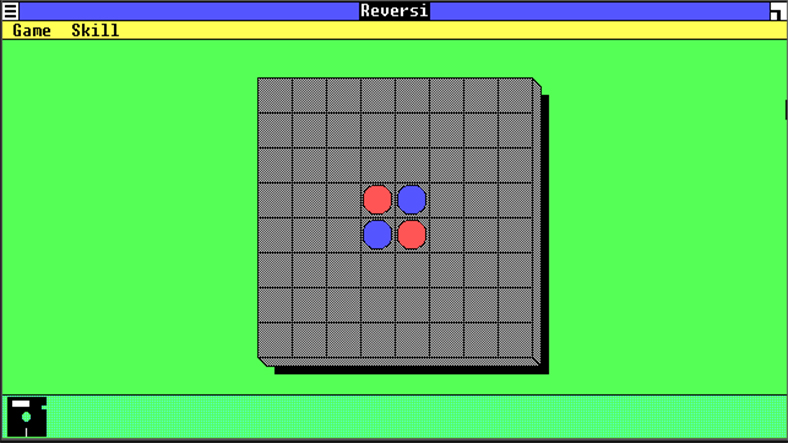
The Reversi game, also known as Othello, was the first game added that allowed users to have fun on computers. The goal of Reversi, a strategy game, is to end the game by owning more tiles than the opponent.
9. Before we move on to the finale, a tribute to other unforgettable features:
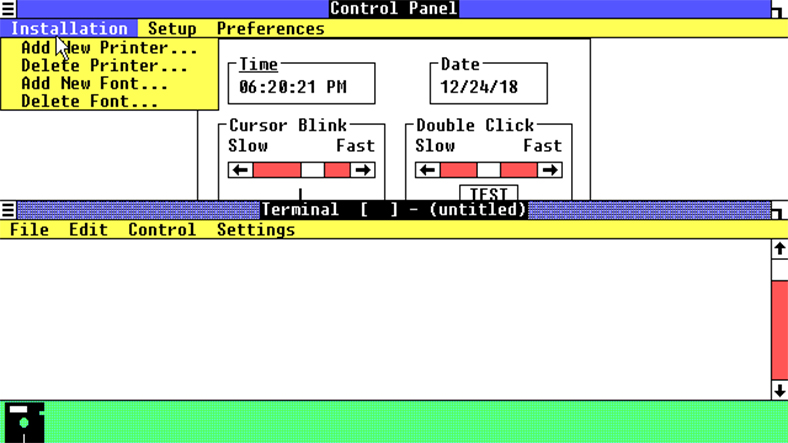
In Windows 1.0 it was possible to print with an HP printer. The printer driver was automatically installed in the interface. Terminal was also available for those who wanted to manage the computer with commands.
10. Paint the legend of legends:
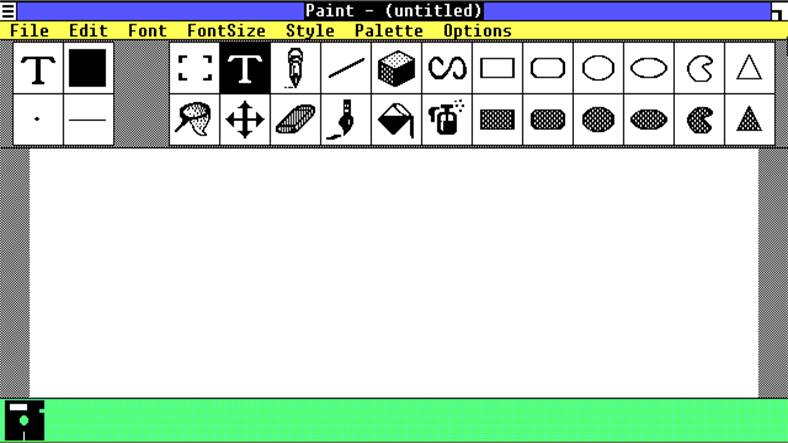
The drawing program, which attracted attention in Windows 1.0 with the name Paint, was renamed Paintbrush in Windows 3.0 and returned under its own name in Windows 95. Paint, which has been used since Windows 1.0, has received many new features so far.
Despite everything, Paint still looks back on that time with its basic features:
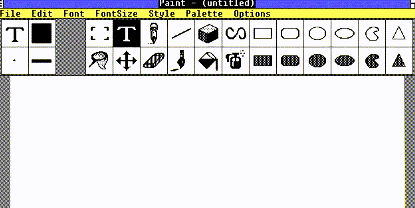
We have left 38 years behind us from Windows 1.0 to Windows 11. The development and change that Windows has undergone in 38 years is clearly visible.
Our other content about Windows:
Follow Webtekno on Threads and don’t miss the news
Here are the unmissable discounts we picked for you in Hepsiburada Legendary November!






















